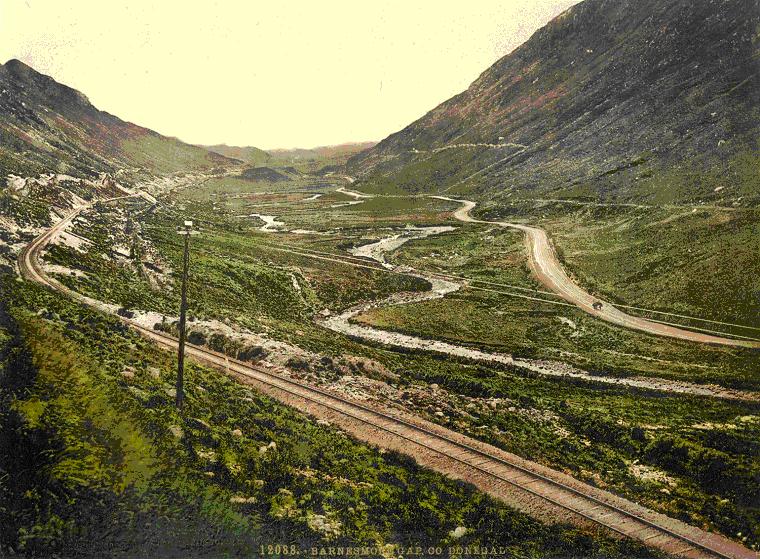
|
|
An idea whose time has come……………New cycling routes in Ireland In May 2005 this web site included an article advocating the use of abandoned railway lines in Ireland as tourist cycling routes for tourists. That was not the first time. In fact the opening sentence read: Many, many moons ago the promotion of cycling tours on Prince Edward Island in Canada was featured on this web page as an example that might find favour in Ireland. The article ended with these words: On Prince Edward Island, in Canada, abandoned railway lines were adapted as cycling trails, and have proven highly successful. The penny has finally dropped. According to recent news reports the idea has been seized on by Ireland’s Minister for Community, Rural and Gaeltacht Affairs, Eamon O’Cuív, who stated: “We have so many spectacular, old, abandoned railway lines. The two that come to mind are the one through the Barnesmore Gap, and the one to Caherciveen from Farranfore in Co Kerry, which tracks half of the Ring of Kerry.” 
A very old photograph of Barnesmore Gap showing the abandoned railway line. According to a report in The Sunday Times on June 28, 2009 by Stephen O'Brien, the Minister has invited communities living along the most scenic former rail routes to convert them into tourist cycle paths using the annual €85m rural development fund. Quoting from The Sunday Times report: Tony Boyd, chief executive of Iron Donkey, an Irish cycle tourism company, welcomed the minister’s suggestion. He said: “Old railway lines are perfect because the terrain is gradual and they are not accessible to traffic. As far back as 2001 The Phoenix, journal of the County Donegal Railway Restoration Society reprinted an article from the predecessor of this web site “A Home Page with an Irish Flavour” which contained the following in its final paragraph: Of more recent interest is news of Canada’s premier tourism province, Prince Edward Island, which has converted 225 km of former railway bed into a cycling and hiking route through the island.” The abandonment of railway goods and passenger services throughout most Ireland was hotly debated at the time it was implemented. It left the country more dependent than ever on imported oil, a huge increase in road haulage, and a seemingly unending growth in new roads, ring roads, town by-passes, motor ways, and a horrific road accidental death and injury rate. With the proliferation of modern-day motorized traffic, the road through Barnesmore Gap has seen more than its share of fatalities. Providing safe, scenic cycling routes for tourists, both foreign and native, is both ecologically and economically beneficial. It is an idea whose time has come. Addenda: Because of my personal knowledge and experience of Barnesmore Gap I should be remiss in not including two stories connected with it. I dimly recall being told when I was a young lad that efforts had been made to discover gold in the little stream that runs below the rail line in the above photograph. Only a few flecks were found. Perhaps the wrong stretch was panned. The second story has something of the mythical attached to it. Once upon a time two giants lived in Barnesmore, one on the top of the hill on one side and the other on top of the hill on the other side. They did not like each other, and the sound of the blows they exchanged could be heard miles away. In fact that sound can be heard to this very day. Some doubters say it only happens when thunder rolls over the hills. Others say not so. And this being in Donegal you can never really know, never really kn—BOOOOM! Decide for yourself when you go there.
Home | About | Canadian Vindicator | Literature | Gallery | History
|
||||||||||||||||||||||||||||||||||||||||||||||||||||||||||||||||||||||||||||||||||||